Beginning with character race, the options build and stack up as the player chooses components for their character. Base races include Human, Aumaua, Dwarf, Elf, Orlan, and the fiery reptilian Godlike. Some base races have sub races (like the Wood or Pale Elf), that dictate the appearance and attributes of the class chosen. Base races each come paired with their own skill perks (Humans get Resolve and Might +1, Aumauans get +2 Might, etc.). After choosing your race, you’ll decide on a class. Classes are broken down into the following list of flexible types:
- Barbarian
- Chanter
- Cipher
- Druid
- Fighter
- Monk
- Paladin
- Priest
- Ranger
- Rogue
- Wizard
For a detailed breakdown on the types and attributes, a classes page can be found here. As in Baldur’s Gate, there are class restrictions on weapons and armor. However the player shouldn’t let those limitations fully dictate their decision, as there will be a diverse cast of party members throughout the story of all different classes. Upon selecting the class, an accompanying ability will be chosen to start out with. My ranger was equipped with the knowledge on how to use the Wounding Shot ability, a small strategy to go hand-in-hand with my wolf companion (the Ranger gets an animal partner).
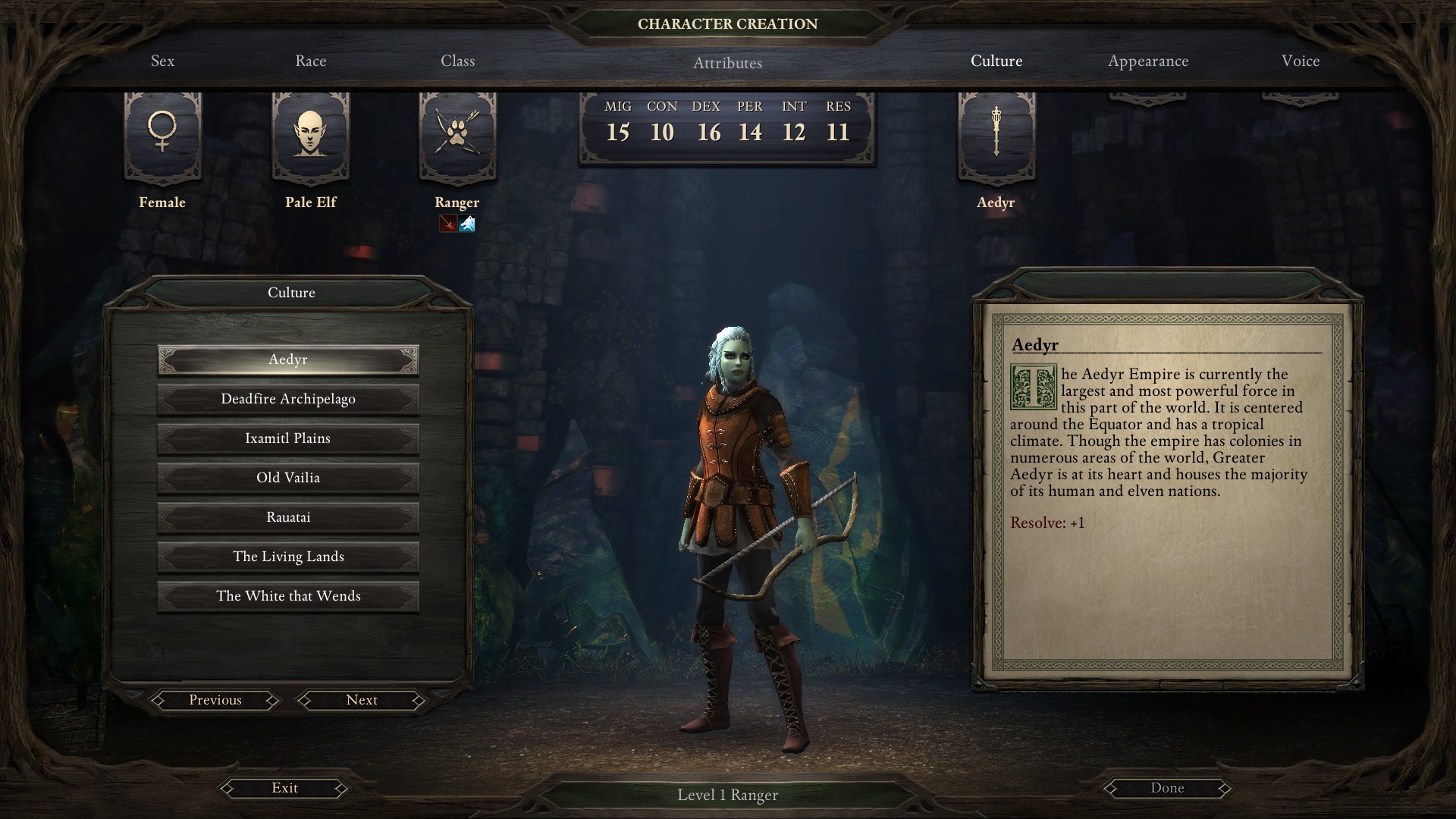 Another delight served up in the character creator is the culture screen. Players get a chance to add a little bit of background to their character along with a tiny stat boost specific to each bit of lore. Each cultural background will change the clothing the character starts with, depicting the their cultural influence. This also allows an players to take an interesting approach with designing their character, as they can do something similar to what I did and choose an elf with ties to the Deadfire Archipelago, a land consisting of Dwarven and Aumauan settlements. It’s a place rich with many races and pirate infestations that also harbors a disturbing nature. It’s a natural habitat for sea monsters that are apparently responsible for the disappearances of traveling ships. I deduced that my Elven Ranger was from an Aumauan settlement and lived her life celebrating their culture, only to become a Drifter. Choosing a culture leads you to selecting your background, also giving a small stat boost. Choosing to be a Drifter allowed my character different dialogue responses in later conversations that actually bridged that virtual gap between my character and I. For a fleeting moment I felt what my character went through in events prior to the game, allowing me to use my imagination and pretend what my character wants to do next in her adventure, whether that influences actual gameplay or not. Wrap up the character creation with character appearance and voice, and you’re set to go. The only thing I would like to see in future games are more skin color options, as most of the shades were very light, excluding many players from character immersion. Even choosing a race other than Pale Elf rendered essentially the same spectrum.
Another delight served up in the character creator is the culture screen. Players get a chance to add a little bit of background to their character along with a tiny stat boost specific to each bit of lore. Each cultural background will change the clothing the character starts with, depicting the their cultural influence. This also allows an players to take an interesting approach with designing their character, as they can do something similar to what I did and choose an elf with ties to the Deadfire Archipelago, a land consisting of Dwarven and Aumauan settlements. It’s a place rich with many races and pirate infestations that also harbors a disturbing nature. It’s a natural habitat for sea monsters that are apparently responsible for the disappearances of traveling ships. I deduced that my Elven Ranger was from an Aumauan settlement and lived her life celebrating their culture, only to become a Drifter. Choosing a culture leads you to selecting your background, also giving a small stat boost. Choosing to be a Drifter allowed my character different dialogue responses in later conversations that actually bridged that virtual gap between my character and I. For a fleeting moment I felt what my character went through in events prior to the game, allowing me to use my imagination and pretend what my character wants to do next in her adventure, whether that influences actual gameplay or not. Wrap up the character creation with character appearance and voice, and you’re set to go. The only thing I would like to see in future games are more skin color options, as most of the shades were very light, excluding many players from character immersion. Even choosing a race other than Pale Elf rendered essentially the same spectrum.
Jumping right into the story, you find that your character is a member of a caravan, traveling in an area surrounded by ruins. To tread upon these ancient structures would upset the Glanfathan, a local tribe very protective of these monuments. We discover that the player character caught a deadly illness suspected to have been from a stinging beetle. The cure is simple, so the character is paired up with one of the caravaneers, Calisca, a fighter. At this point in the game, the enchanting music and wonderfully-written dialogue swirl together leaving the player brimming with anticipation. I actually had to sit back after realizing I was leaning forward as if to jump into the game through the monitor. A sense of urgency settles in over the player, and it’s time to embark on the first quest. The task is simple, but provides enough of the game to get players acquainted with how it plays. Pausing the game for combat commands is highly recommended, and Pillars of Eternity built on this tactic by including a menu in the options for auto-pausing. The player may go through and check off when they want the game to auto-pause, such as when a character falls, a spell is cast, etc. There are plenty of options in order to customize the experience and give players the pace they need to keep up with what’s happening in the game.
 Since the battle system is a modified iteration of Dungeons & Dragons, virtual dice rolls determine the tide of battle. Attack accuracy, critical hits, misses, and anything pertaining to combat probability is left to fate by dice roll. A damage reduction attribute is assigned to all characters, and will subtract a percentage of attack damage. Should an attack power be below an enemy’s DR, it is recommended to switch to a technique that does a different type of damage such as spells or abilities. Battle is of course influenced by party formation, chronology of attack, and equipment. Each party member may equip armor, belts, rings, helmets, and weapons that contribute to the overall battle performance.
Since the battle system is a modified iteration of Dungeons & Dragons, virtual dice rolls determine the tide of battle. Attack accuracy, critical hits, misses, and anything pertaining to combat probability is left to fate by dice roll. A damage reduction attribute is assigned to all characters, and will subtract a percentage of attack damage. Should an attack power be below an enemy’s DR, it is recommended to switch to a technique that does a different type of damage such as spells or abilities. Battle is of course influenced by party formation, chronology of attack, and equipment. Each party member may equip armor, belts, rings, helmets, and weapons that contribute to the overall battle performance.
Exploration plays a huge role in Pillars of Eternity as expected. Much of the joy comes from the atmosphere of the game worlds, clicking and searching about the gorgeous lands in search of battle and treasure. Activating stealth mode allows characters to sneak up on foes, detect traps, or find hidden containers. Objects will glow upon mouse over when they can be interacted with. The stealth system possesses a useful mechanic. The player’s circle underneath them will fill like a pie graph with a yellow color when they’re about to be detected. When it fills up and turns red, the player has been seen. This helped me sneak around some spiders to get a good shot with my arrow.
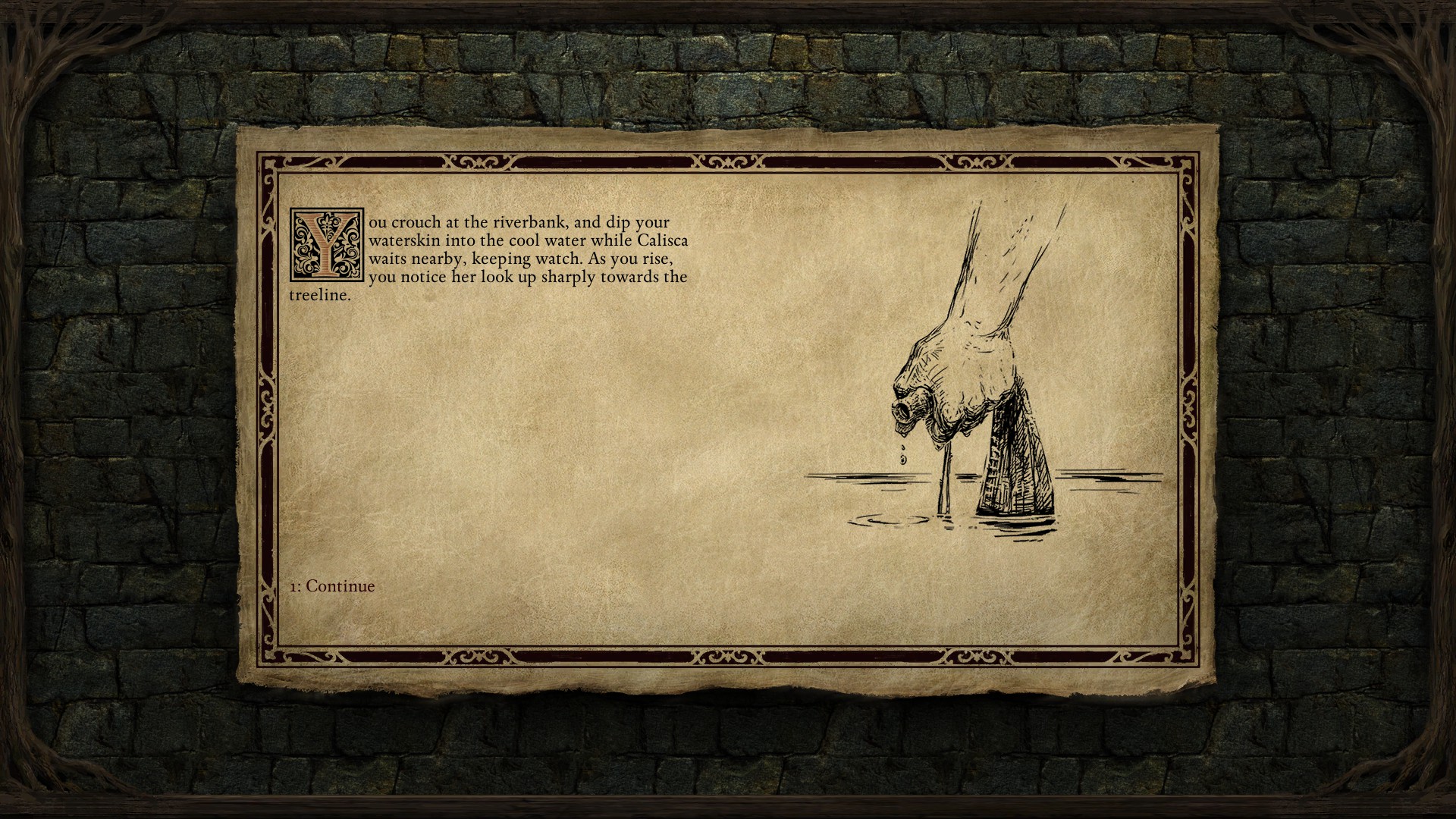 One of the more attractive features of Pillars of Eternity were the narratives that triggered in certain story events. Upon clicking an object of interest, a story book interface is initiated, and the player may read what’s happening as opposed to watching a cutscene. These moments are accompanied by sound effects, music, and voice acting. Some of the direction of these stories will be influenced by the player, as response options are shown on the page. Depending on the player’s attributes, some resolutions may be achievable with a high enough Might, Resolve, etc. This determines the final outcome when snapping back to gameplay.
One of the more attractive features of Pillars of Eternity were the narratives that triggered in certain story events. Upon clicking an object of interest, a story book interface is initiated, and the player may read what’s happening as opposed to watching a cutscene. These moments are accompanied by sound effects, music, and voice acting. Some of the direction of these stories will be influenced by the player, as response options are shown on the page. Depending on the player’s attributes, some resolutions may be achievable with a high enough Might, Resolve, etc. This determines the final outcome when snapping back to gameplay.
 Throughout the world, the player may gather ingredients from plants and other objects. After gathering enough, the crafting screen can be used to create food and potions. The presence of a crafting interface gives a whole new dimension to exploration, as it rewards the player for scavenging and collecting items that are off the beaten path.
Throughout the world, the player may gather ingredients from plants and other objects. After gathering enough, the crafting screen can be used to create food and potions. The presence of a crafting interface gives a whole new dimension to exploration, as it rewards the player for scavenging and collecting items that are off the beaten path.
To package up this assessment, Pillars of Eternity is an exceptional example of what good story telling, character interaction, and classic RPG mechanics will present in today’s market. We’re experiencing an abundance of games that pay homage to classic titles, and aim to revive much of the excitement instilled in us from years passed, and this title is a flagship. PoE stays true to the gameplay established by Baldur’s Gate while improving on it. The learning curve is dulled for accessibility to players who don’t typically delve into this style of play. The pacing is very similar to the aforementioned classic, and still feels like a fresh experience. There is no reason why an RPG fan would pass this by, as Pillars of Eternity may pave the way to bringing back classic RPG elements and finding them a place among modern game development.
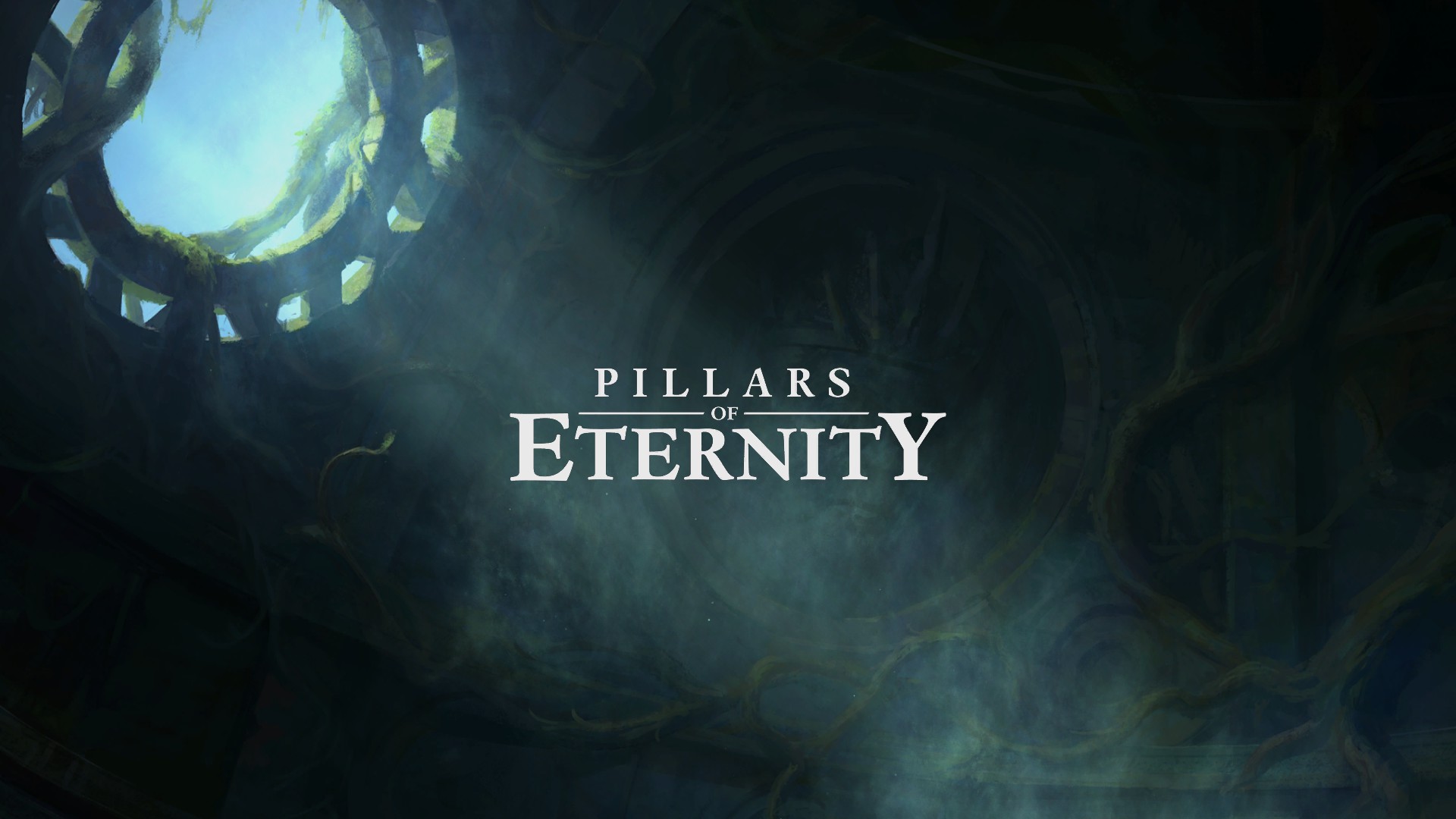
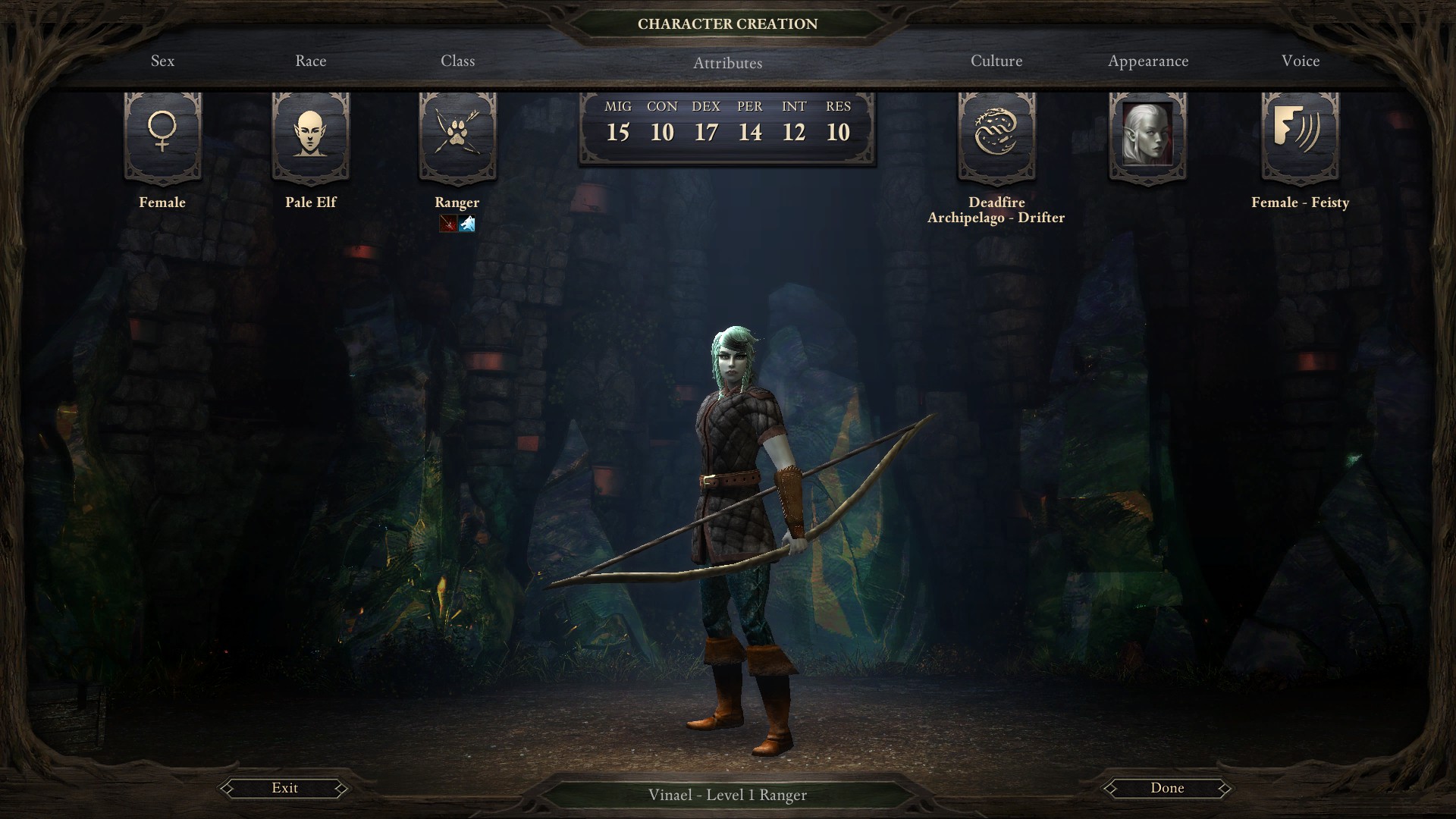
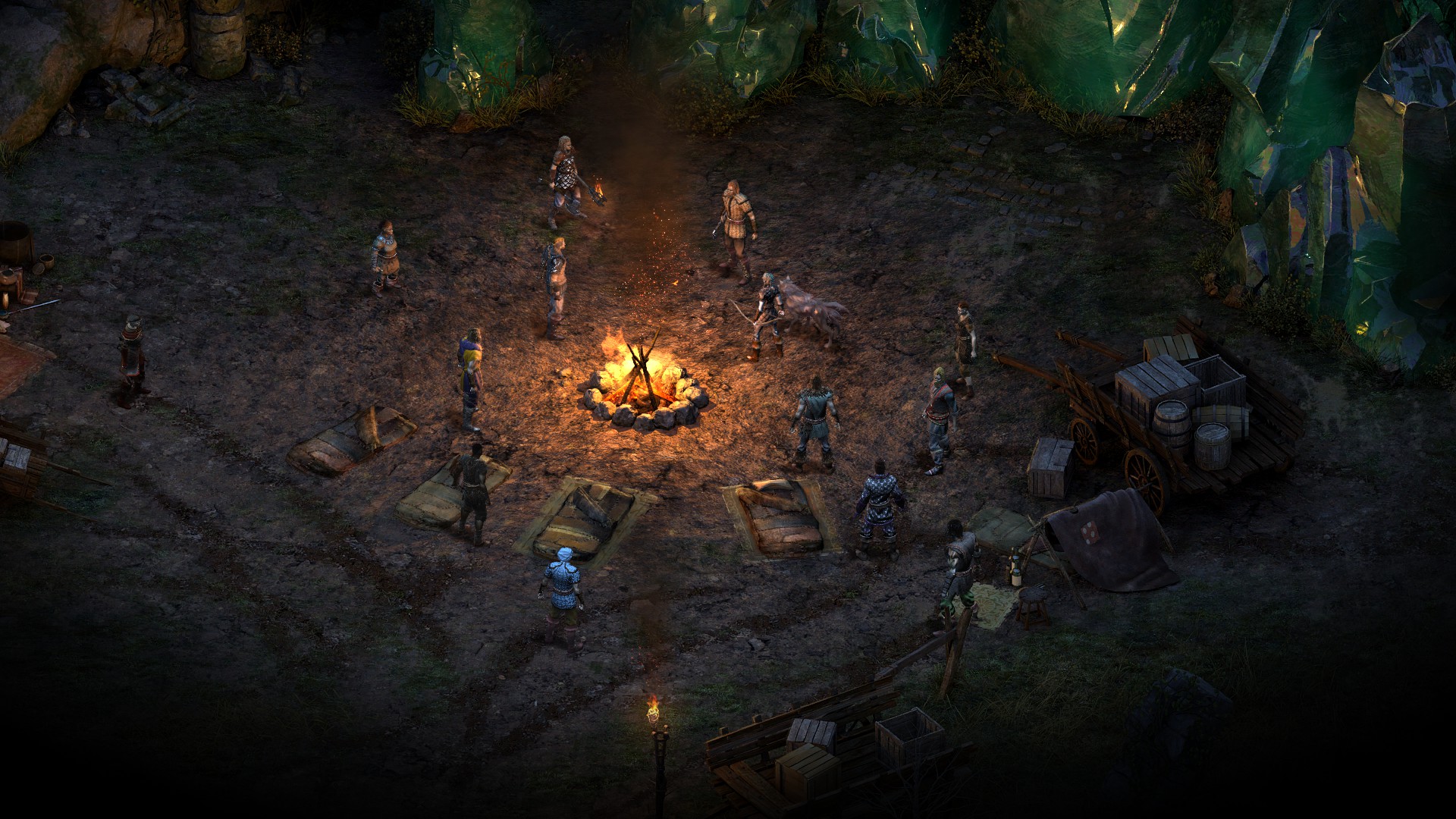
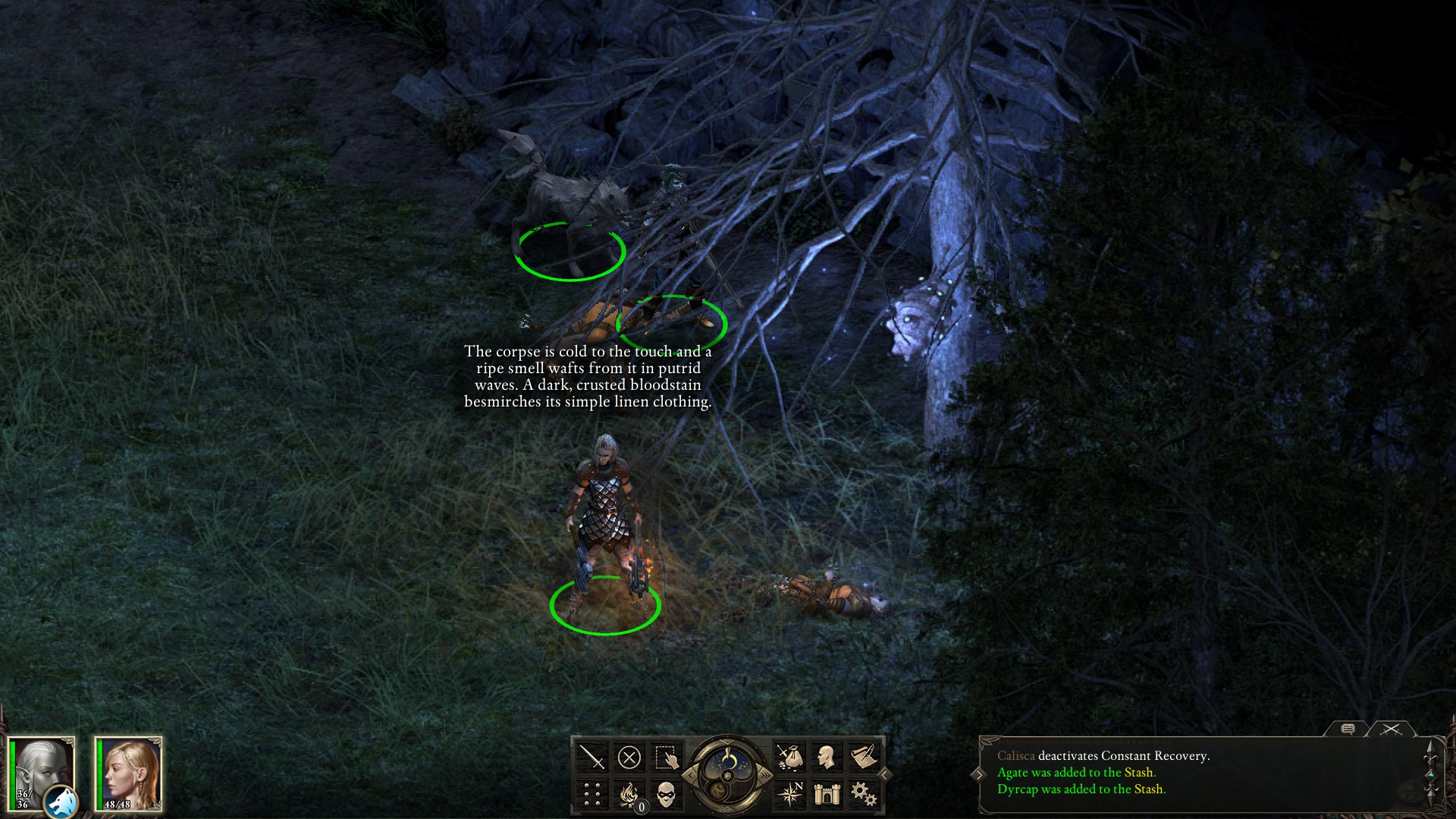




[…] of 2012 Kickstarter, Obsidian launched their first crowdfunding campaign. Project Eternity, a isometric, party-based, fantasy RPG would later become Pillars of Eternity. For a brief time, it would even hold the record for […]